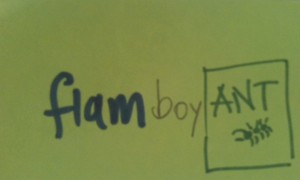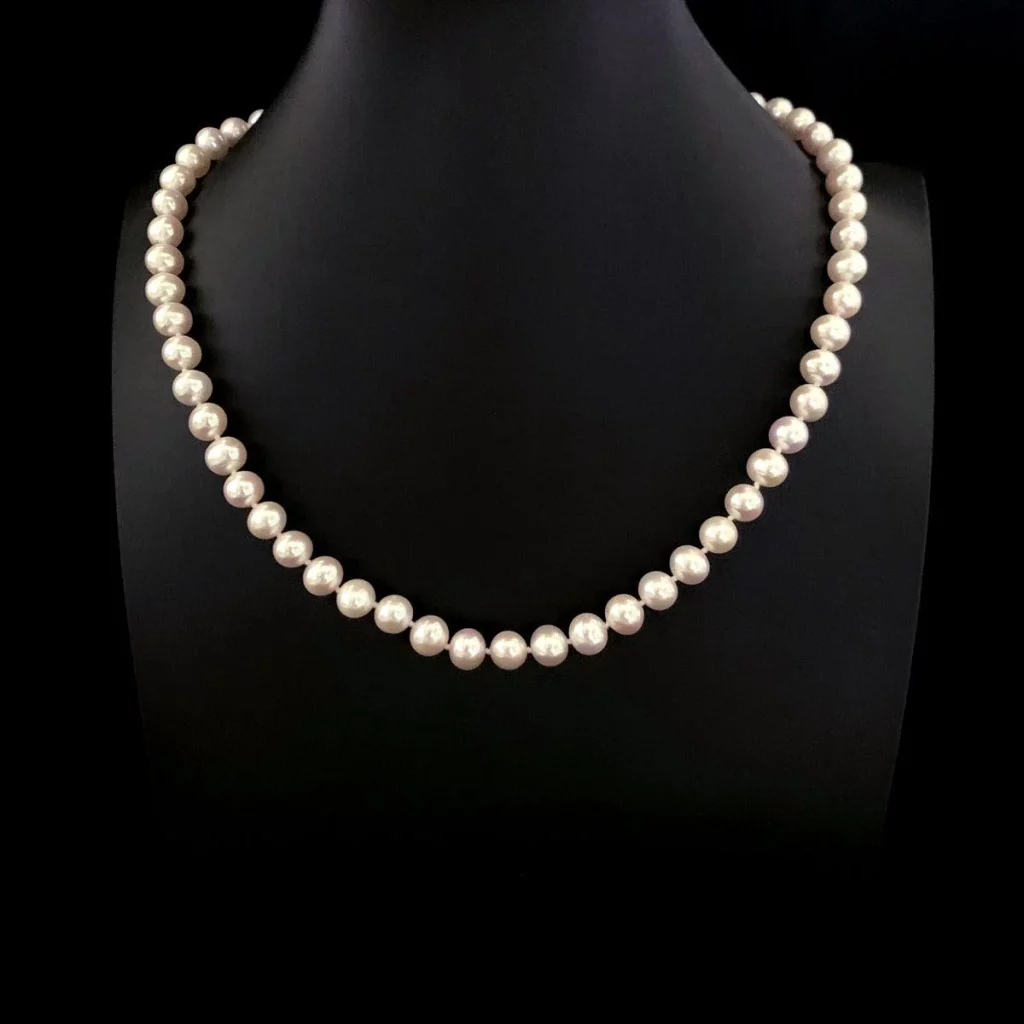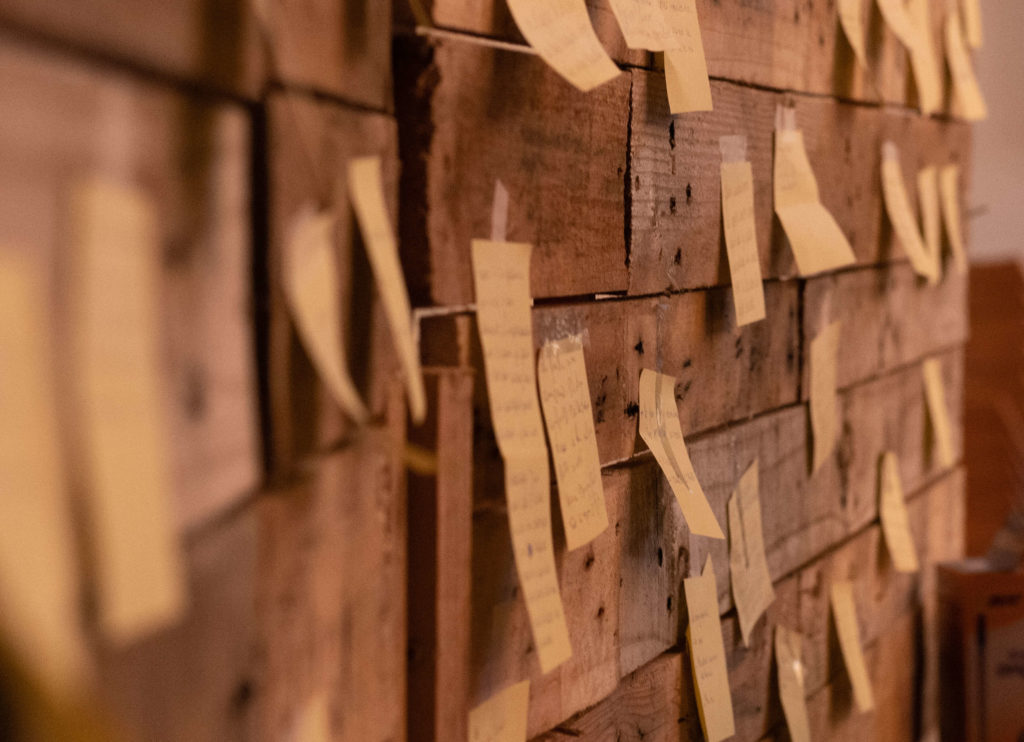If you’re a creative speller then you’ll be surprised by this way of learning how to spell a word. If you have a kid, teach it to them NOW as they’re learning words to spell.
Why sound–spelling doesn’t work in English
English is an unpredictable language. Just when you think there’s a rule ( of which there are many), there’s an exception to it.
Take gh, for example. In some words, like through, gh is silent. For other words, like enough, it says “f”. In still others, like ghost, it says “g”.
Or take “o”. Sometimes it is just “o”, like in pot. Sometimes it’s more an “I” sound, like women. Other times it’s “oo”, like womb, or “oh” like in comb.
Some other languages, like Spanish, are totally phonetic – they spell words as they sound. Spain even has a type of word police, who listen for how people say words and change the spelling. They don’t keep old, antique and defunct ways of spelling words. This doesn’t happen in English. It means we can have some beautiful looking words that don’t sound anything like they look, like anaesthetic, or archaic, but which retain a lot of their history within them. For better or worse, English has a lot of exceptions.
What does work
So learn your words by sight
The only way to learn to spell consistently in English is to learn the words by sight. Not by heart, not by sound, but by sight.
The most efficient and predictable spellers will store their spelling words as pictures – although many of them would not be aware of the pictures they see.
To learn words by sight is a very simple procedure, and once you have the procedure, it takes 30 seconds to a minute per word. You can build your spelling vocabulary a little at a time, or every time you recognise that you have misspelt a word, and it will last you for life, as long as you “code” it in properly the first time around.
How to learn a new word

Here’s the procedure to learn a new word so you’ll always be able to spell it properly:
- Look at the new word. Let’s say it’s flamboyant.
- Decide which bits are tricky – in flamboyant, it’s probably the “a” in “ant” at the end.
- Break the word up into little groups of letters – probably “flam” “boy” and “ant”.
- On an index card or post-it note using as many colours as there are groups of letters, write the word down. It could look like the one on this page. Notice how the “tricky” bit – the “A” in “ant” is highlighted.
- Code the word into your neural computer (brain). Hold the word up above your head so you can see it. Spell it to yourself out loud. Ask yourself what letters are in each different colour.
- When you think you can keep the picture of the word in your mind when you close you eyes, close your eyes. Then try spelling it. Keep the card in your visual field so that if you forget you can just look up and see the word. Don’t make it up, always check until the picture you have inside your head is clear and precise.
- When you can successfully spell it backwards and forwards (always finish by spelling it forwards), you have coded it in correctly. Congratulate yourself.
- Over the next few days, remember to look up inside your head and see the word there, and check that you know how to spell it, by comparing what you think with the cards.
Some tips for learning new words
Here are some tips for learning new words:
- Always code the word onto the card perfectly – no mistakes or crossings out.
- Always code a single word at a time – no other words or markings.
- If you cannot use index cards, use paper you cannot see through. You don’t want to encode a “fuzzy” image with other words behind it.
- If your arms get tired holding up the cards, consider putting them on the wall with blu–tac, and sitting so you have to look up at the word – for most people, up and left is best. Some people have had great success writing with whiteboard markers on mirrors or windows.
- It’s important to colour code the words – the human brain is designed to track for differences and distinctions, and remembers them.
- It’s important to code the words in mostly lower case letters – this gives the eye something to distinguish the words more easily. CAPITAL LETTERS ONLY LOOK LIKE BOXES, but small letters have ups and downs, which gives the word a shape.
- If the words have ambiguities in them, like by heart, and buy some milk, you may want to make the words draw a picture beside them when you code them in.






